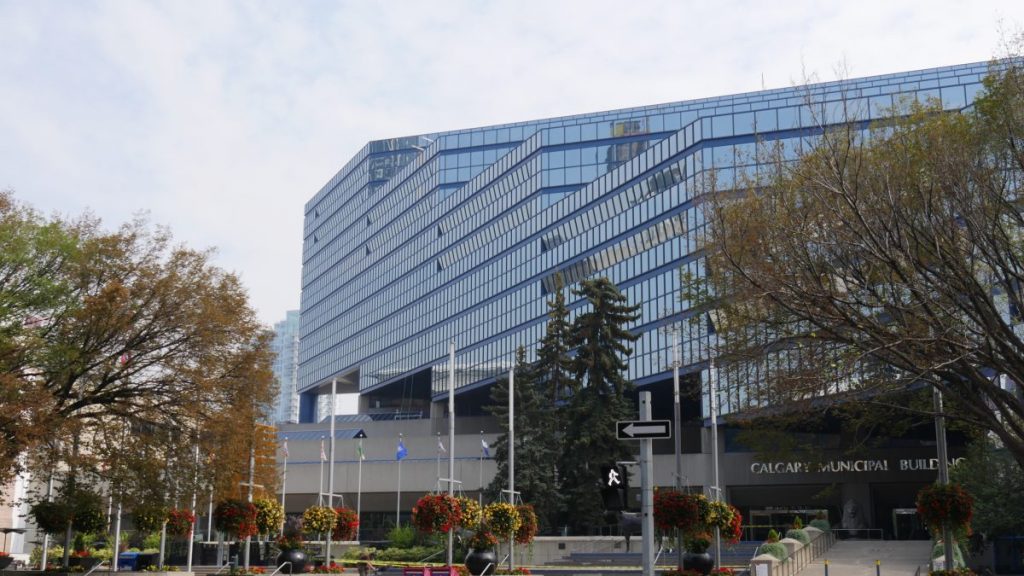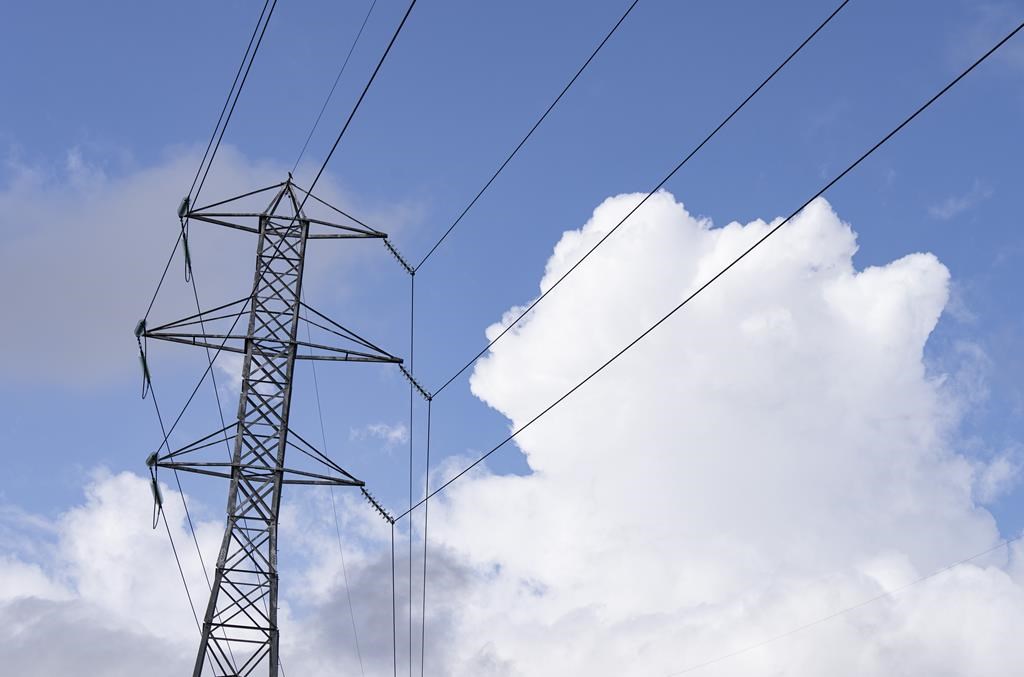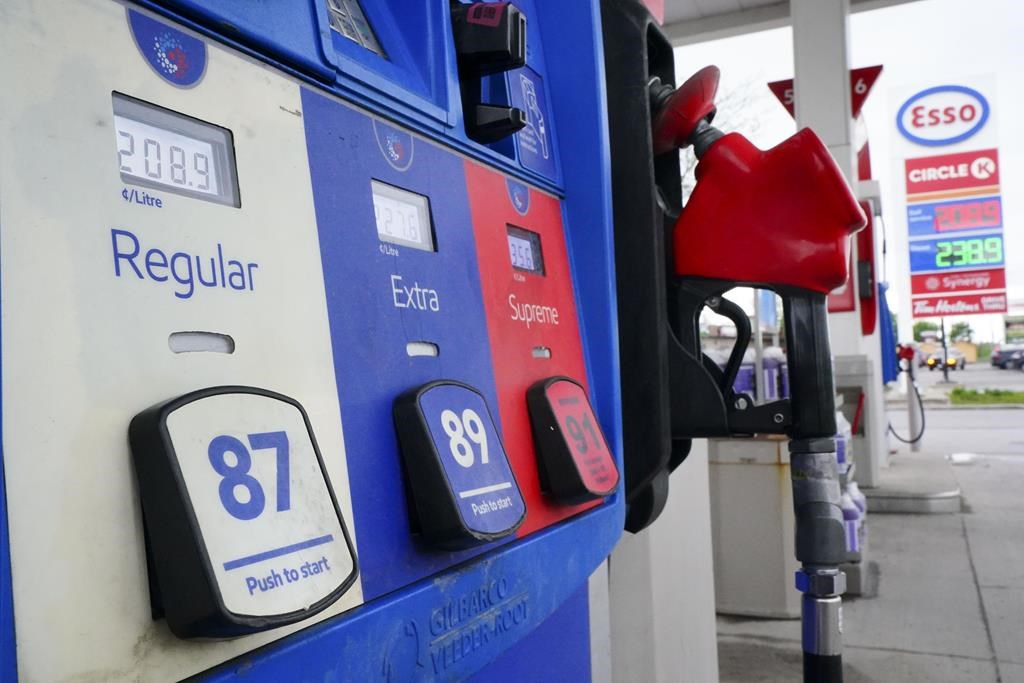Wildfire crews gearing up for hotter and drier conditions after slight reprieve in the Okanagan
Posted Jul 22, 2018 10:00 am.
Last Updated Jul 22, 2018 5:41 pm.
This article is more than 5 years old.
The weather has been cooperating, but that doesn’t mean crews battling wildfires in the Okanagan are letting their guard down.
“We’re definitely seeing a lot of fire activity across the province still,” explains Chief Fire Information Officer Kevin Skrepnek with the BC Wildfire Service. “110 fires burning right now across BC. Activity though has definitely calmed down from where we were at Wednesday through Friday of last week.”
Cooler temperatures and rain in parts of BC have helped bring the fire danger rating down in some areas, but Skrepnek admits the Southern Okanagan is still seeing some activity.
“That’s where we had a number of our main fires of concern. So those are still going to be active, but definitely no where near as aggressive as what we were seeing last week.”
The progress has meant a number of downgrades for evacuation orders and alerts. However, the season’s far from over.
Environment Canada is forecasting hotter and drier than normal conditions in the long-term.
“Typically the busiest periods are late-July, early-August. The hottest and the driest periods of the summer, so there’s certainly a lot of fire season ahead of us,” Skrepnek says, adding crews are not getting complacent despite a bit of a reprieve this past weekend.
Though Environment Canada’s long term, general forecast is a bit grim, the BC Wildfire Service looks at a number of different factors in order to prepare.
They include looking at the deeper layers of the forest when it comes to dryness.
“But so much of the conditions that really drive fire activity are very fickle. Very short term things that are hard to predict too far ahead of time, so we really have to put a lot of stock to that short term forecast — three to five days out. That’s when we can reliably see patterns that might cause rain or bring wind events that could really challenge us on the ground in terms of fuelling the growth of fires.”
Skrepnek says daily monitoring takes place at the provincial and local levels in order to determine how resources are deployed and assigned.
Looking at previous years, like 2017, he adds it’s not uncommon for the fire season to stretch into the fall.
In order to assist with the ongoing season, more than 200 wildfire personnel who were on loan to other provinces have been called back to British Columbia.
“Certainly[ Ontario and Quebec]’s situation is quite active, quite a bit busier than BC I would have to say, so it was great we were able to lend them some assistance,” Skrepnek says. “Of course, we had a lot of help last year from all over the place including those two provinces.”
However, with the current situation, he adds the service will not be able to replace those crews on loan, who are being brought back early.
They are expected back in the province by mid week and will be given a few days to rest. That, Skrepnek explains, will time out to help relieve some of the members who are currently battling fires who are in need of a break.
“Beyond that, we’ve brought on additional resources as well in terms of more aircraft, more equipment, things like that given that we’ve had that increase in activity here.”
There are still hundreds of properties either on evacuation alert or order.
Mount Eneas
The Mount Eneas wildfire burning in the Peachland and Summerland area is still the largest burning. It’s estimated at a size of 1,374 hectares and is still classified as “Out of Control.”
“That is both the largest fire that we’ve got on the books right now and also the one of most concern,” Skrepnek says.
While crews have seen some improvements when it comes to the conditions in that complex in recent days, he adds there are still some challenges.
“In terms of the terrain, in terms of some of the weather we had been dealing with. Definitely wind had been a big challenge on that fire.”
The wildfire is still within containment lines. Close to 50 firefighters have been assigned to fight this blaze, with a number of machines and heavy equipment also being used.
For evacuation orders and alerts prompted by this fire, check with the Regional District of Okanagan-Similkameen or the Central Okanagan Regional District.
Water skimmers and fines
With the use of water skimmers and helicopters picking up water from lakes, boaters are being reminded to keep their distance and not interfere with wildfire suppression efforts.
Skrepnek says it’s not a new issue to see boats get in the way.
“Unfortunately it’s something we do encounter fairly often. Of course we use water quite a bit in terms of firefighting from the air.”
That can be from a helicopter using buckets or tanks to gather water, or even the fixed-wing Fire boss aircraft.
“So those are the water bomber-type aircraft, the water skimming aircraft, that use lakes, rivers, things like that to collect water,” he explains. “It’s incredibly dangerous if folks are out there in boats while we’re trying to do that. Especially the planes need to have kind of a long, straight line to gather that water.”
Skrepnek says it’s an issue crews faced a few years ago, and new fines and penalties were introduced under the Wildfire Act to deal with it. However, he admits people have generally been cooperative and gotten out of the way.
“These aircraft do have basically like whaler sirens on them so people can hear them coming, they know to get out of the way.”
The BC Wildfire Service works closely with the RCMP, and will reach out to Mounties if crews are dealing with issues.
Below are the fines or penalties a boater can face if they interfere with fire suppression efforts, as per the BC Wildfire Service:
- A report of a boater getting in the way of an airtanker, helicopter or other firefighting aircraft would be investigated by Compliance and Enforcement Branch (of the Ministry of Forests, Lands, Natural Resource Operations and Rural Development) and/or the Conservation Officer Service (Ministry of Environment and Climate Change Strategy) and/or the RCMP.
- If it’s determined that the person was interfering in firefighting operations, a fine and/or penalty could be issued. Although several options are available, a violation ticket fine would likely be the most common.
- The applicable section of the Wildfire Act is Section 56 (2), which covers interference, non-compliance or making false statements. The violation ticket fine would be $1,150, which includes a $150 victim surcharge levy.
- For a case of interference under Section 56(2)(d) of the Wildfire Act, there is also the option to levy an administrative penalty instead of a violation ticket. The maximum penalty is $100,000 under Section 33(2)(a) of the Wildfire Regulation.
- The person could also be charged with an offence under Section 43(3) of the Wildfire Act, which carries a maximum fine of $100,000.










